Space Shuttle Solid Rocket Booster Atlantis
Production Time 9 to 10 weeks
Shipment is by FedEx, UPS or DHL International Express Courier with a normal door-to-door delivery time worldwide of within 2-3 business days after dispatch. Due to the current volatility of world fuel prices, the amount mentioned here is our best estimate for DHL and UPS and may be subject to change at the time of shipping.

Model Description: Space Shuttle Solid Rocket Booster Atlantis Wood Replica Scale Custom Model
Wingspan: 7.5 Inches (19.1 Centimeters)
$299.50
Production Time 9 to 10 weeks
-
United States dollar ($)
-
Pound sterling (£)
-
Euro (€)
-
Australian dollar ($)
-
Canadian dollar ($)
-
Singapore dollar ($)
-
Swiss franc (CHF)
-
Japanese yen (¥)
-
Danish krone (kr.)
-
Hong Kong dollar ($)
-
Norwegian krone (kr)
-
Swedish krona (kr)
-
United Arab Emirates dirham (د.إ)
General Product Description
Our PlaneArts Space Shuttle Solid Rocket Booster Atlantis model exhibits unique, unrivaled quality and detailed design to come as close as possible to the accuracy of the actual plane. It comes as standard with a robust, durable base or stand which is available in a variety of different finishes designed to match your own personal requirements including solid wood, wood with polished metal supports or adjustable wood wall mount and will be ready within about 9-10 weeks from placement of order.
The Space Shuttle Solid Rocket Booster Atlantis is made of the finest kiln dried renewable mahogany wood (commonly known as Lauan or Meranti) which has undergone many stages of carving and meticulous and careful sanding giving the beautiful, finished museum quality masterpiece. Many collectors and model connoisseurs demonstrate their preference for genuine handmade and hand painted mahogany wood models rather than plastic or die cast (diecast) alternatives due to the overall look and totally different feel of the item - we trust you will find the same. We can however, if required produce the same model in Solid Cast Resin so just click and contact us for further information. Our craftsmen and gifted artisans ensure that our finely handcrafted model air and spacecraft match the precise blueprint details of the original version. The paint scheme, markings and parts are closely matched, reflecting the original craft. This stylish top-quality desktop replica model will surely enthrall anyone who receives this as a gift and for sure one of the most appropriate and desirably collectable gifts for every Space or Science Fiction enthusiast and avid Spaceship or Scifi collector whilst also displaying a perfect resemblance to the actual Space Shuttle Solid Rocket Booster Atlantis model.
If you require, we can also make the Space Shuttle Solid Rocket Booster Atlantis model in any other markings, livery or colour scheme you require and if necessary, in a different size or scale. Just click here to contact us with a description or photographs of what you require, and we will let you have a quotation for the necessary customization by return email. We can also make bespoke scale replicas of any other private / civil commercial airliner or airliners, helicopter, glider, gliders with engines, military jet, warplane jets, propeller warplanes, biplane, triplane, tail fin, spacecraft, rocket or NASA model you require in any airline, military or civilian livery or colors. We also produce Gerry Anderson models, model airship, blimp, dirigible, blimps, boat, and ship collectibles. Wall plaque or seal for military, government or private customers. Wall plaque or seal for military, government or private customers. Again, by clicking here to contact us just let us know exactly what you need.
The Solid Rocket Boosters of the Space Shuttle Atlantis: Pioneers of Space Exploration
The Space Shuttle Atlantis, one of NASA’s fleet of reusable spacecraft, is best known for its role in numerous missions, including the deployment of the Hubble Space Telescope. Integral to its iconic liftoff and initial ascent were its Solid Rocket Boosters (SRBs), which played a critical role in the shuttle’s propulsion system. This article delves into the technical specifications, performance, and significant contributions of the SRBs, highlighting their impact on the Space Shuttle program.
Technical Overview:
The Space Shuttle Atlantis was equipped with two SRBs, which were the largest and most powerful solid rocket motors ever flown. Each booster was about 149 feet in length and 12 feet in diameter, constructed primarily from steel. The boosters were designed to work in tandem with the Space Shuttle’s main engines by providing the majority of the thrust needed during the first two minutes of flight.
Each SRB was powered by a solid propellant mixture of ammonium perchlorate (oxidizer), aluminum (fuel), and a polymer binder that held the mix together. This combination was crucial for providing a high thrust-to-weight ratio. The boosters were attached to the external tank and were jettisoned into the ocean after their fuel was spent, where they were later retrieved, refurbished, and reused.
Performance and Functionality:
The SRBs of the Space Shuttle Atlantis were pivotal in propelling the vehicle through the Earth’s atmosphere at speeds reaching thousands of miles per hour. Each booster generated approximately 2.8 million pounds of thrust, accounting for about 83% of the total force at lift-off. Their operation was a spectacle of power and precision, with the boosters firing to expend their fuel in just two minutes, lifting the shuttle to an altitude of about 28 miles.
The boosters were also equipped with parachutes which deployed after their separation from the external tank, allowing them to be recovered from the sea. This recovery was a part of NASA’s efforts to reduce costs by reusing significant shuttle components.
Contribution to Space Missions:
During its service, the Space Shuttle Atlantis completed 33 missions, many of which relied on the SRBs for successful execution. The boosters supported missions ranging from satellite deployments to International Space Station (ISS) assemblies. One of the most notable missions was STS-31, during which Atlantis deployed the Hubble Space Telescope into orbit, enabling decades of astronomical discoveries.
Moreover, the SRBs were involved in missions that helped construct the ISS, providing the necessary thrust to reach the higher orbits required for module integration. The boosters’ reliability and performance were crucial in the shuttle reaching the correct trajectories and speeds for these complex operations.
Legacy and Future:
The legacy of the Space Shuttle Atlantis and its SRBs is marked by their contributions to both exploration and technological innovation. As NASA transitions to new vehicles and programs, such as the Space Launch System (SLS), the engineering lessons learned from the SRBs continue to inform current designs. The SLS, for instance, incorporates improved solid rocket boosters that build on the technology used in the Space Shuttle program.
In conclusion, the Solid Rocket Boosters of the Space Shuttle Atlantis were more than just components; they were pivotal elements that helped define the capabilities of the Space Shuttle program. Their design, functionality, and performance not only enabled dozens of successful missions but also demonstrated the possibilities of reusable rocket technology, paving the way for future advancements in space exploration.
| Weight | 6 kg |
|---|---|
| Dimensions | 17.5 × 7.5 in |

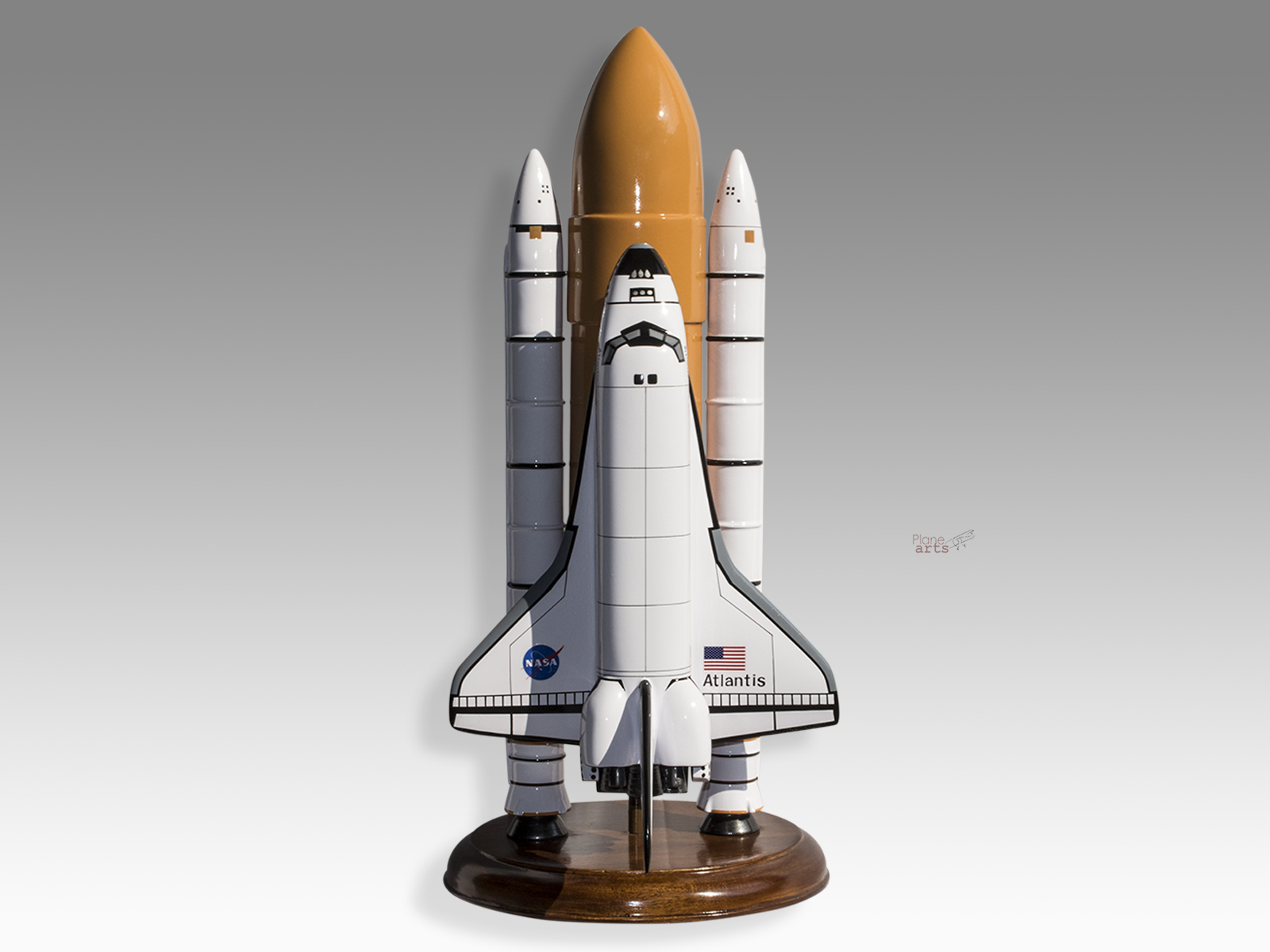
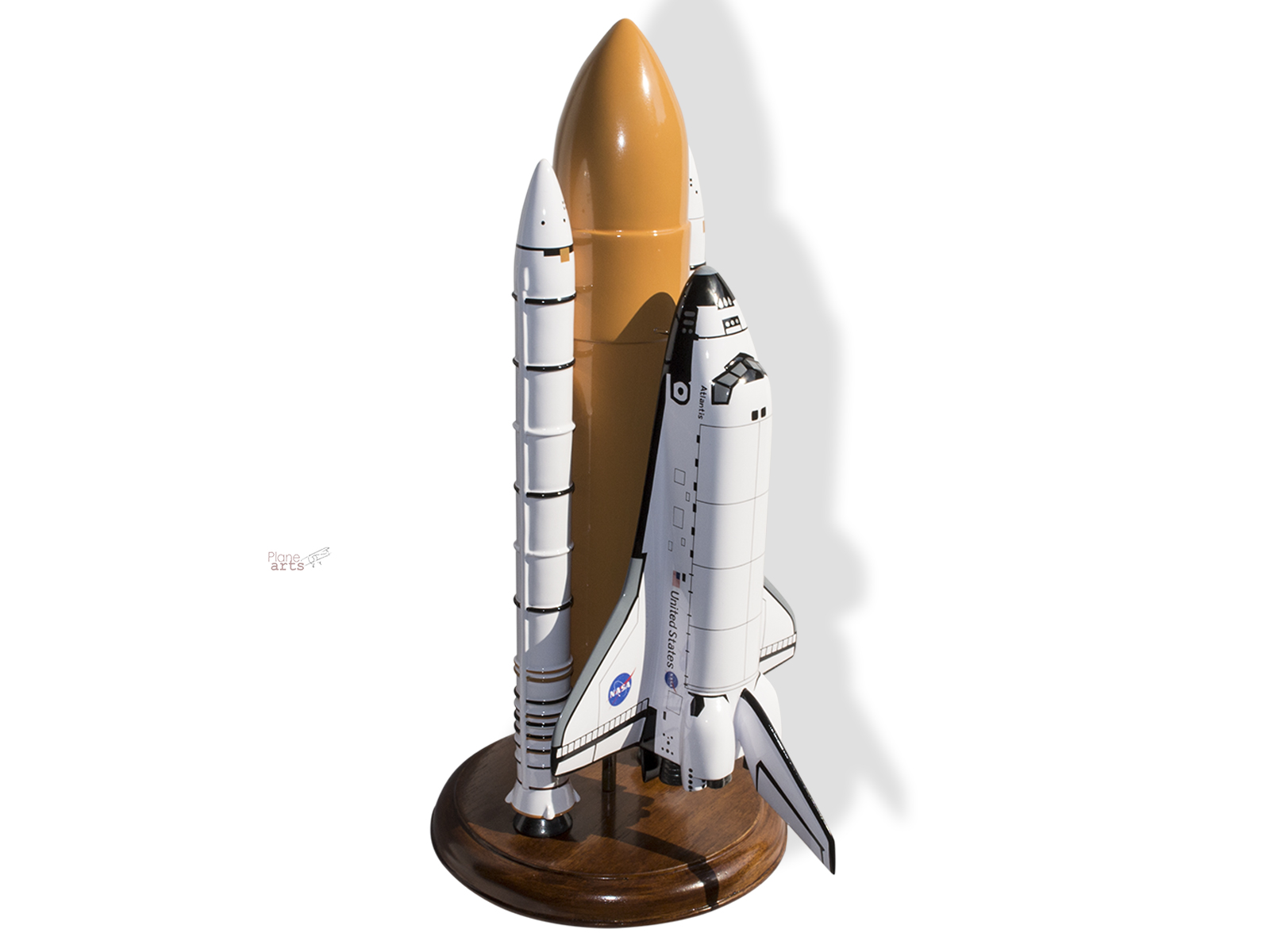
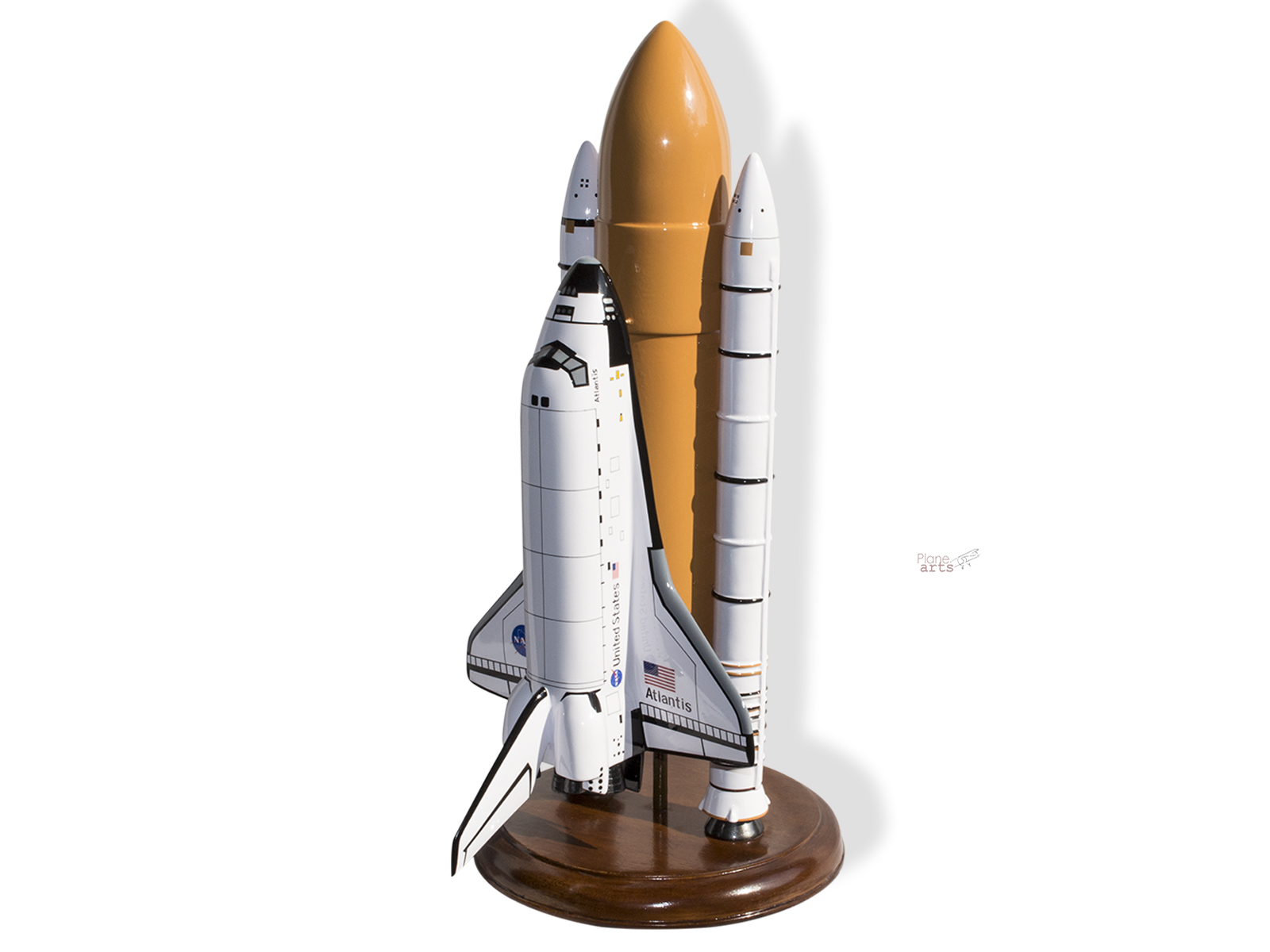
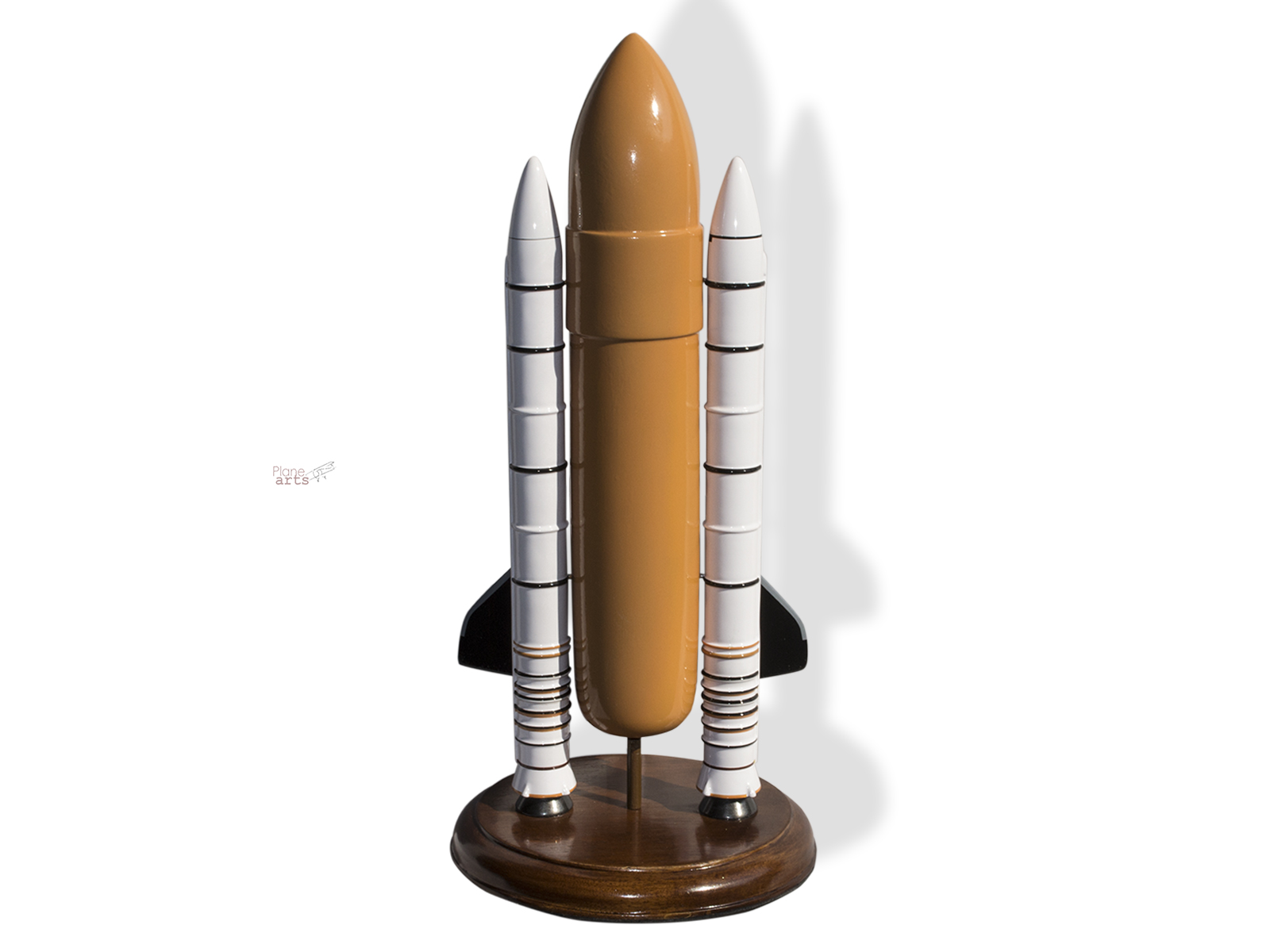
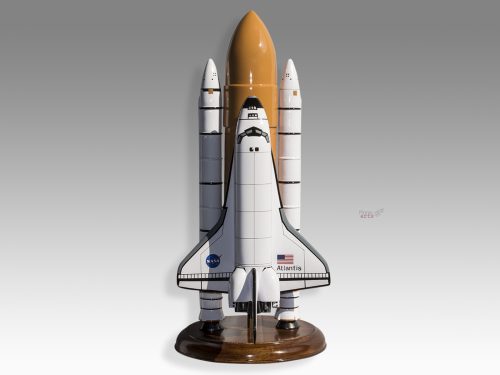


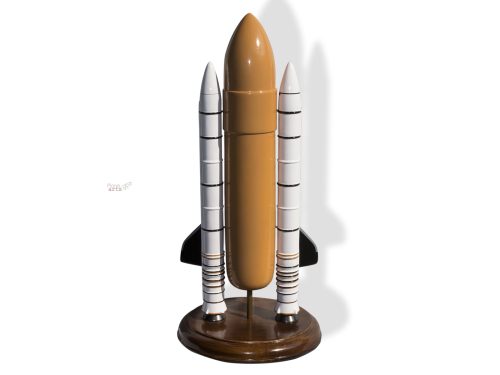


Reviews
There are no reviews yet.